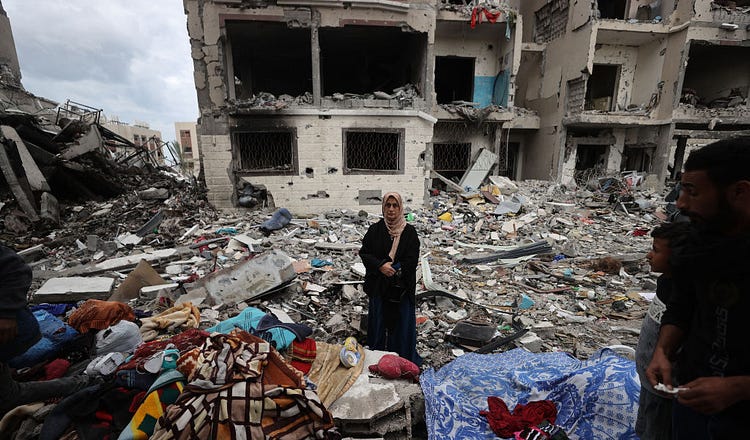‘They Can Go to Hell and Hide There’

Citizens are seen among the rubble in the residential area known as Juhor ad-Dik, built by the Turkish Cooperation and Coordination Agency in the Gaza Strip, on November 28, 2023. (Mustafa Hassona via Getty Images)
What Gazans really think of Hamas.
35
For nearly a generation, media owned by Qatar and Iran have tag-teamed with Hamas to paint a false picture of ideological uniformity across Gaza. While Hamas quashed opposition to their rule, Al Jazeera and other mouthpieces platformed the terror group’s leaders and shills.
Take the example of this wounded elderly man at Gaza’s al-Shifa Hospital. When h…
Continue Reading The Free Press
To support our journalism, and unlock all of our investigative stories and provocative commentary about the world as it actually is, subscribe below.
$8.33/month
Billed as $100 yearly
$10/month
Billed as $10 monthly
Already have an account?
Sign In

